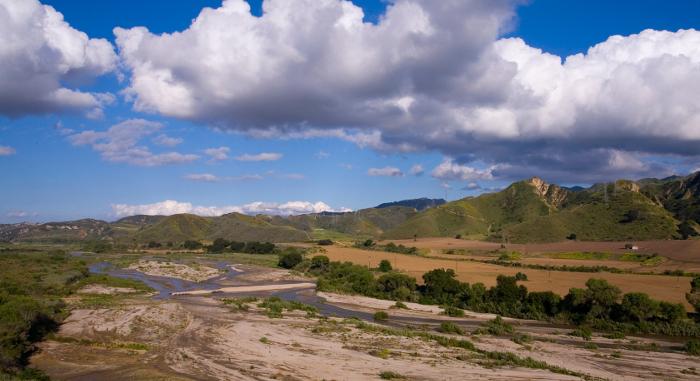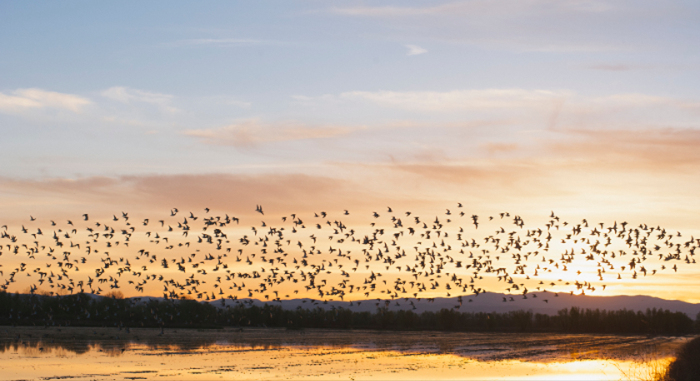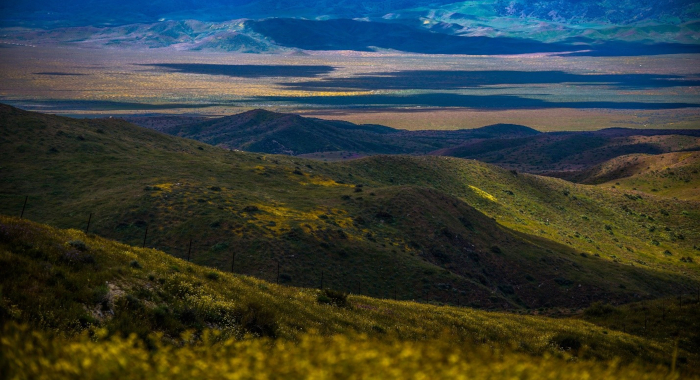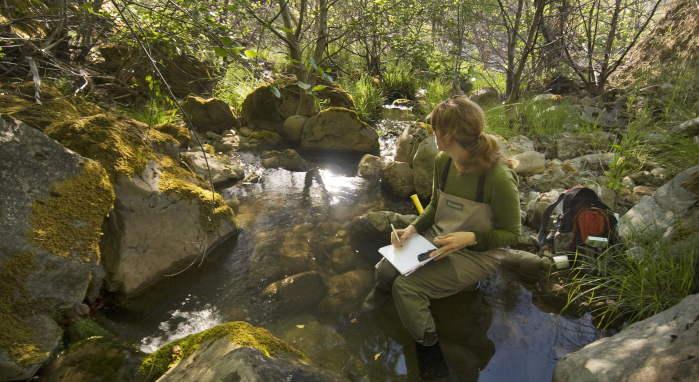California is one of the most hydrologically altered landscapes in the world. As water becomes ever more scarce and the human population continues to grow, that vast engineered system strains to meet the needs of people let alone the needs of nature.
Water rights allocations far exceed actual surface water supply, and millions of wells tap groundwater to meet the increasing demands of farms and communities. As groundwater reservoirs are depleted they can in turn reduce surface flows – exacerbating a vicious cycle in which people and nature both lose. Rivers, wetlands and groundwater-dependent ecosystems are caught in this struggle for an increasingly limited resource. Nearly half of California’s roughly 4,000 freshwater species are considered vulnerable to extinction. Of the taxa that are found nowhere but California – our endemic freshwater biodiversity – 90 percent are at risk.
But there is hope. While it is impossible to return natural flows to most of California’s rivers and streams, we can – through science, technology, and innovative market tools – endeavor to deliver water when and where nature needs it most.




Enjie Li, Sophie S. Parker, Gregory B. Pauly, John M. Randall, Brian V. Brown, Brian S. Cohen
This paper presents a new way to evaluate urban biogeography—patterns in the distribution of species across urban areas. The authors developed a hierarchical, quantitative method for classifying…Kirk Klausmeyer, Falk Schuetzenmeister, Nathaniel Rindlaub, Tanushree Biswas, Melissa M. Rohde, Jeanette Howard
94,333 unique ecosystems depend on groundwater in California. GDE Pulse lets you see how they have changed over the last 30 years. Groundwater managers and environmental stakeholders often lack…Sarah Heard, E.J. Remson, Matthew Fienup, Siobhan King
In 2014, California passed the Sustainable Groundwater Management Act (SGMA) which regulates groundwater at scale for the first time, requiring the state’s largest source of stored water to be…Prepared by Anchor QEA, LLC (John Ferguson, Elizabeth Greene, and Michelle L. Ratliff), Contributors and Participants: John Cain, Jon Rosenfield, Alison Weber-Stover, Stephen Louie, John Shelton, Tim Heyne, Brian Ellrott, Sierra Franks, Monica Gutierrez, Rhonda Reed, David Swank, Steve Edmundson, Katie Schmidt, Rachel Johnson, Jeanette Howard, Julie Zimmerman, Chris Carr, Daniel Worth, Rene Henery, Ron Yoshiyama, Joshua Israel, Paul Cadrett, Ramon Martin, and J.D. Wikert
Also view Appendix A: Stanislaus Survival Model and and other report Appendices.Jacob E. Lucero, Taylor Noble, Stephanie Haas, Michael Westphal, H. Scott Butterfield, Christopher J. Lortie
Previous work at the Carrizo Plain by this team in 2018 showed that native shrubs facilitated endangered blunt-nosed leopard lizard populations, and should be considered part of plans for habitat…Gregory J. Reis, Jeanette K. Howard, Jonathan A. Rosenfield
For years the narrative of the San Francisco Bay Delta has been driven by the contention that water use by agriculture was being limited by environmental regulation. Analyzing long-term trends…Theodore E. Grantham, Julie K. H. Zimmerman, Jennifer K. Carah, Jeanette K. Howard
Management of California’s vast water distribution network, involving hundreds of dams and diversions from rivers and streams, provides water to 40 million people and supports a globally…Joseph A. E. Stewart, H. Scott Butterfield, Jonathan Q. Richmond, David J. Germano, Michael F. Westphal, Erin N. Tennant, Barry Sinervo
Due to limited water resources, there is a global trend toward the retirement of farmland, especially in the San Joaquin Valley in California where the Sustainable Groundwater Management Act could…Megan Jennings, Dan Cayan, Julie Kalansky, Amber Pairis, Alexandra Syphard, Rachel Clemesha, Alexander Gershunov, Kristen Guirguis, John Randall, Eric Stein, Sula Vanderplank, Shasta Gaughen
Van Butsic, Jennifer K. Carah, Matthias Baumann, Connor Stephens, Jacob C. Brenner
While cannabis cultivation in California is known to sometimes have serious collateral impacts on the environment, those impacts and their extent are not well understood or described. In this paper,…Randall, J.M., K. McEachern, J. Knapp, P. Power, S. Junak, K. Gill, D. Knapp, M. Guilliams
Chris Elphick, T. Rodd Kelsey, Catherine Hickey, Khara Strum, Paul Buttner, Monica Iglecia
Wetland birds, especially Sandhill Cranes, are heavily dependent on irrigated farmlands in the Central Valley of California after widespread conversion of natural habitats. TNC and its partners have…Kristen Sesser, Monica Iglecia, Matthew Reiter, Khara Strum, Catherine Hickey, Rodd Kelsey, Daniel Skalos
Over 50% of waterbird habitat in the Central Valley of California is provided by flooded agricultural land. Each year non-breeding waterbird habitat decreases in the late winter as flooded…Rodd Kelsey, Abby Hart, H. Scott Butterfield, Dan Vink
Restoring habitat in retired farmland could reduce water demand and provide ecosystem services for farmers and local communities. In some areas of California, as a result of the Sustainable…Travis M. Hinkelman, Myfanwy Johnston, Joseph E. Merz, Julie Zimmerman
To restore degraded stream corridors and develop large-scale, sustainable watershed conservation strategies, it is essential for managers to consider—in order to ultimately…Walter N. Heady, Brian S. Cohen, Mary G. Gleason, Joshua N. Morris, Sarah G. Newkirk, Kirk R. Klausmeyer, Hilary R. Walecka, Elizabeth Gagneron
Sea level rise presents a new challenge to coastal conservation. The authors quantified and mapped the vulnerability of habitats, imperiled species, and conservation lands to sea level rise throughout…Chris Lortie, Alex Filazzola, Rodd Kelsey, Abigail Hart, Scott Butterfield
Over the past 100 years, California's Central Valley has undergone a massive transformation from desert to a mosaic of farmland and urban development. This transformation has also meant many…